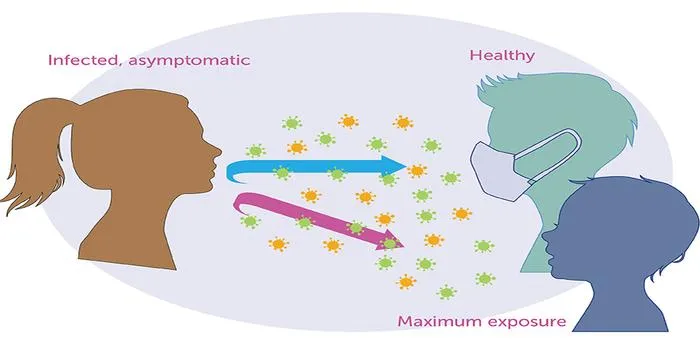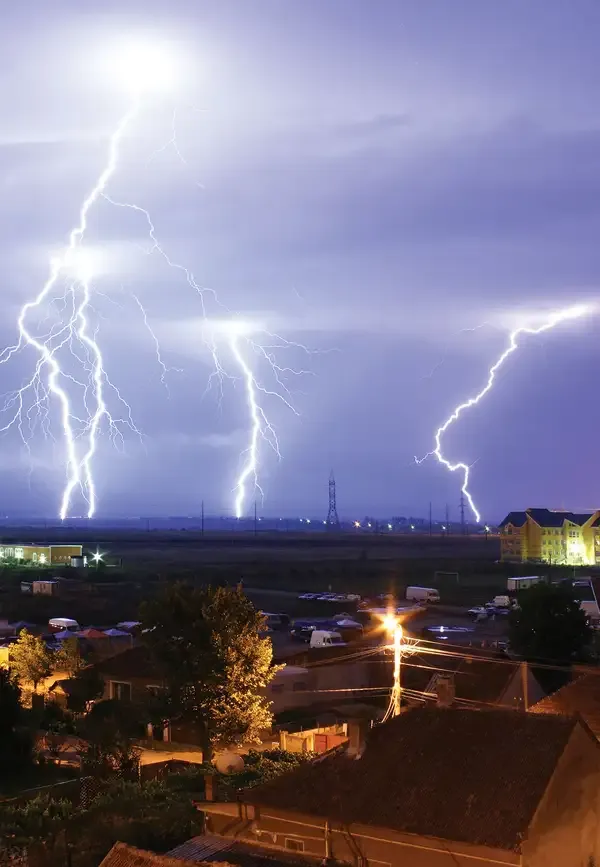- Home >
- Science
- > Technology
7 of the World’s Deadliest Plants
Several plants are renowned for their deadly properties. The castor oil plant produces seeds containing ricin, a potent toxin. Oleander is highly toxic, with all parts capable of causing severe illness or death. Hemlock, used historically for executions, is extremely poisonous. Deadly nightshade contains atropine, leading to fatal outcomes. The rosary pea has seeds with abrin, a lethal substance. Water hemlock is one of North America's most toxic plants. The angel's trumpet contains scopolamine, known for its hallucinogenic and toxic effects.

Plants are often associated with beauty and tranquility, but some species possess deadly characteristics that can lead to severe consequences, even death. Here, we explore seven of the world's deadliest plants, highlighting their dangers and unique qualities. Understanding these plants is crucial for anyone who enjoys nature, gardening, or outdoor activities. Let's dive into the world of lethal flora.
1. ''Aconitum'' (Monkshood)
Aconitum, commonly known as Monkshood, is notorious for its toxic alkaloids, particularly aconitine. This plant can cause severe cardiovascular and neurological effects. Even small amounts can lead to symptoms such as nausea, vomiting, and heart arrhythmias. It is often found in mountainous regions and is recognizable by its beautiful blue or purple hood-shaped flowers.
2. ''Ricinus communis'' (Castor Bean Plant)
The Castor Bean Plant produces seeds that contain ricin, one of the most toxic natural substances known. Ingesting even a few seeds can be fatal, as ricin inhibits protein synthesis in cells, leading to severe organ failure. Despite its toxicity, the oil extracted from the seeds (castor oil) is safe for use and has medicinal properties.
3. ''Nerium oleander'' (Oleander)
Oleander is a common ornamental plant known for its fragrant flowers. However, all parts of the plant contain toxic compounds called cardiac glycosides, which can cause serious heart problems if ingested. Symptoms of oleander poisoning include abdominal pain, diarrhea, and irregular heartbeats. Despite its deadly nature, Oleander is often used in landscaping due to its resilience and beauty.
4. ''Atropa belladonna'' (Deadly Nightshade)
Deadly Nightshade, or Belladonna, is famous for its toxic berries and leaves. The plant contains tropane alkaloids such as atropine and scopolamine, which can cause hallucinations and, in high doses, death. Historically, it has been used in medicine and as a poison. This plant is often found in woodlands and is easily recognizable by its bell-shaped purple flowers.
5. ''Abrus precatorius'' (Rosary Pea)
The Rosary Pea is a beautiful plant with striking red seeds that are often used in jewelry. However, these seeds contain abrin, a highly toxic protein that can be lethal if ingested. Even a single seed can cause severe poisoning, leading to symptoms such as vomiting, diarrhea, and organ failure. It's essential to handle this plant with care, especially when using its seeds in crafts.
6. ''Cicuta maculata'' (Water Hemlock)
Water Hemlock is considered one of the most poisonous plants in North America. It contains cicutoxin, which affects the central nervous system and can lead to seizures and death. The plant grows in wet, marshy areas and can be mistaken for harmless plants. Its small white flowers can be misleading, as they mask the danger that lies within its roots.
7. ''Taxus baccata'' (Yew)
The Yew tree is often planted for its aesthetic value in gardens and parks, but it is highly toxic. All parts of the plant, except for the fleshy red arils surrounding the seeds, contain taxine alkaloids, which can cause cardiac arrest. Ingestion can lead to symptoms such as dizziness, confusion, and respiratory failure. Its appeal in landscaping makes it crucial to educate the public about its dangers.
Summary Table of the World’s Deadliest Plants
| Plant Name | Common Name | Toxin | Symptoms of Poisoning |
|---|---|---|---|
| Aconitum | Monkshood | Aconitine | Nausea, vomiting, heart arrhythmias |
| Ricinus communis | Castor Bean Plant | Ricin | Abdominal pain, organ failure |
| Nerium oleander | Oleander | Cardiac glycosides | Diarrhea, irregular heartbeats |
| Atropa belladonna | Deadly Nightshade | Atropine, scopolamine | Hallucinations, death |
| Abrus precatorius | Rosary Pea | Abrin | Vomiting, organ failure |
| Cicuta maculata | Water Hemlock | Cicutoxin | Seizures, death |
| Taxus baccata | Yew | Taxine | Dizziness, respiratory failure |
In conclusion, awareness of these ''deadly plants'' is essential for safety in nature. While they may add beauty to our surroundings, their toxic properties can pose significant risks. Whether you are a gardener, hiker, or simply a nature enthusiast, recognizing these plants can help prevent dangerous encounters. Always exercise caution and educate others about the potential hazards posed by these beautiful yet lethal species.












